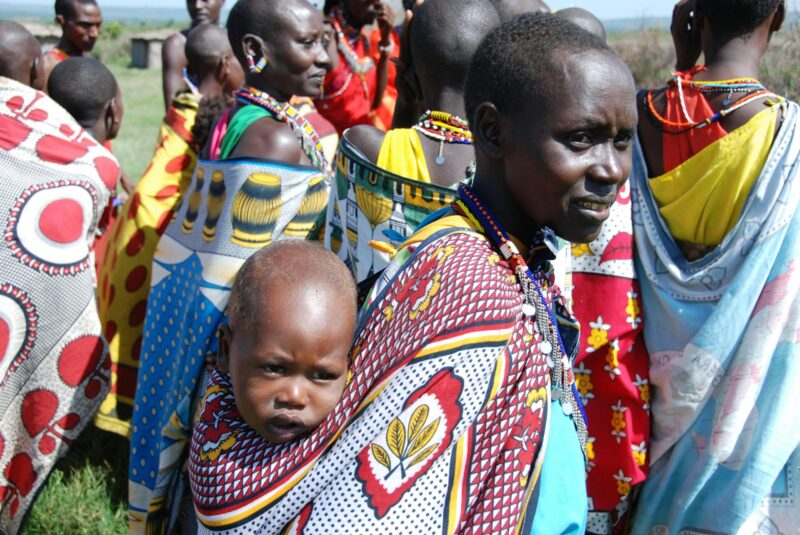mofotechblog.com – Eritrea, a country located in the Horn of Africa, has a unique demographic profile and population dynamics that are influenced by its history, geography, and socio-political context. This article provides an in-depth analysis of Eritrea’s demographic characteristics, including population size, growth rate, age structure, urbanization, and migration patterns.
Population Size and Growth Rate
As of 2023, Eritrea’s population is estimated to be around 6 million people. The country has experienced a relatively high population growth rate, primarily due to a decline in mortality rates and sustained high fertility rates. The annual growth rate is approximately 2.5%, which is among the highest in the world. This rapid population growth poses significant challenges for the country’s economy, infrastructure, and social services.
Age Structure
Eritrea has a very young population, with more than 40% of its inhabitants under the age of 15. This youth bulge is a double-edged sword; while it presents a demographic dividend with a large potential workforce, it also places immense pressure on the country’s education and job markets. The median age in Eritrea is about 18 years, reflecting the country’s status as one of the youngest nations globally.
Urbanization
The urbanization rate in Eritrea is relatively low compared to other countries, with approximately 30% of the population living in urban areas. The capital, Asmara, is the largest city and a significant economic and administrative center. Urbanization in Eritrea is hindered by limited infrastructure development and the government’s focus on rural development and agricultural productivity.
Migration Patterns
Eritrea has one of the highest rates of refugee outflows in the world. Since gaining independence in 1993, and particularly following the border conflict with Ethiopia in the late 1990s, many Eritreans have fled the country due to forced conscription, political repression, and economic hardship. The indefinite national service program, which requires young people to serve in the military or in public works for an undetermined period, has been a significant push factor for migration. As a result, there is a large Eritrean diaspora in neighboring countries and further afield in Europe and North America.
Ethnic and Linguistic Diversity
Eritrea is home to nine ethnic groups, with the Tigrinya and Tigre being the largest. This ethnic diversity is reflected in the country’s linguistic landscape, with Tigrinya, Tigre, Arabic, and English being the most widely spoken languages. The government recognizes and promotes this diversity, although the dominant culture and language often reflect the Tigrinya-speaking majority.
Health and Education
The health and education sectors in Eritrea have seen improvements since independence, but challenges remain. The government has invested in expanding access to primary education and basic healthcare services. However, the quality of education and healthcare remains a concern, and there are significant disparities between urban and rural areas.
Conclusion
Eritrea’s demographic profile and population dynamics are shaped by a combination of historical, social, and political factors. The country’s young and rapidly growing population presents both opportunities and challenges for development. Addressing the root causes of migration, improving access to quality education and healthcare, and fostering inclusive economic growth will be crucial for harnessing the demographic dividend and ensuring a brighter future for Eritrea and its people.
